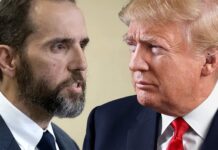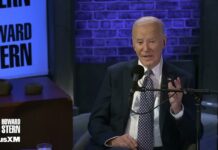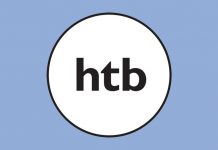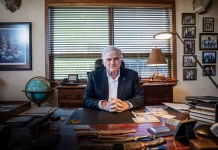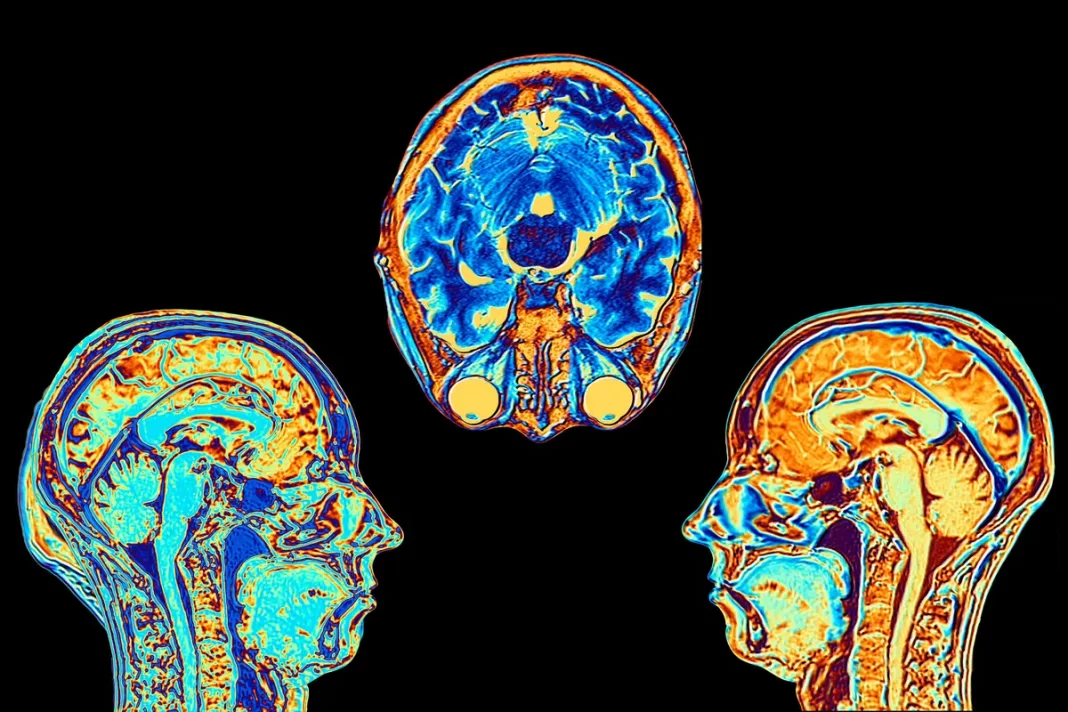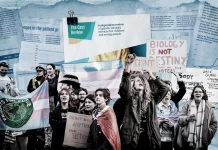Cancer treatments can undermine health. That’s well understood, but now researchers better know when that cost just isn’t worth it.
A cancer diagnosis can trigger terror or an instinctive battle response. The urge to do something—anything—can be overpowering.
The urge to fight cancer aggressively fuels a multi-billion dollar industry in the United States. Millions undergo treatments with limited effectiveness, preferring action over the potentially more healthful option of “watchful waiting.”
This often overlooked approach involves careful monitoring of the patient’s condition without active treatment until it becomes necessary. It’s a strategic pause, grounded in evidence that some cancers, when caught early or found to be slow-growing, do not require immediate intervention.
The watch-and-wait approach is advised for certain early-stage or slow-growing cancers where immediate treatment does not improve survival rates. This strategy is most common with prostate cancer but is also considered for breast, thyroid, and some blood cancers.
Watchful waiting reduces the toll of unnecessary cancer treatments, both financially and in terms of patient suffering. While few currently choose this less invasive path, growing awareness of its benefits is gradually making its way into clinical practice and cancer strategies focused more on the patient than the disease.
David Gay is one of the beneficiaries of this approach.
In 2014, Mr. Gay faced his third biopsy results in the stark silence of a urologist’s office. He was poised for a fight, resolute in his preemptive decision: “If it’s cancer, it’s coming out,” he told The Epoch Times.
Yet, when confronted with the reality of his diagnosis, his perspective changed. Heeding his doctor’s counsel and with his family’s support, he chose not to rush into surgery or radiation, but to opt for watchful waiting.
Mr. Gay’s decision reflects an emerging trend built on clearer insights about cancer prognosis and research that challenges the rush to conventional treatment.
The Watchful Waiting Approach
Active surveillance and watchful waiting offer personalized, conservative treatment paths.
While the terms are often used interchangeably, the American Cancer Society differentiates between “active surveillance” and “watchful waiting.” Active surveillance involves regular doctor visits, blood tests, and biopsies, while watchful waiting implies a more relaxed follow-up based on symptoms.
By Sheramy Tsai






